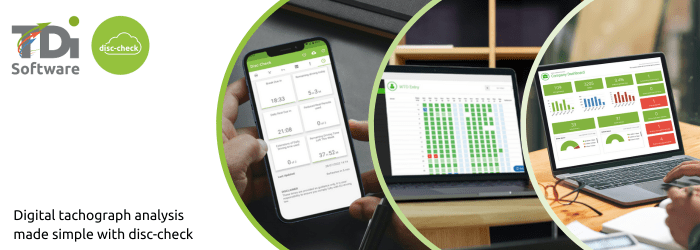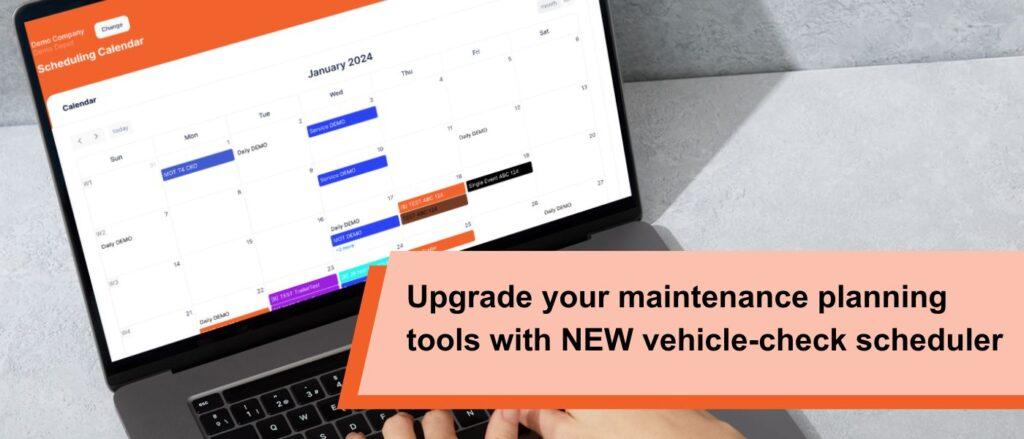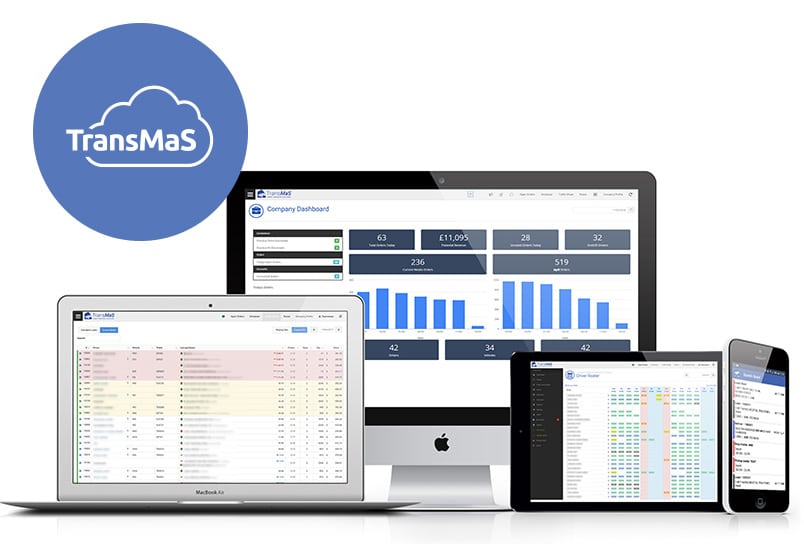
It is a legal requirement for transport managers to keep an accurate record of their drivers Working Time Directive (WTD.) However, this can be difficult to keep track of if you don’t have proper processes in place. That’s why we recommend that transport managers use a system such as disc-check to log all working time in one place.
What are the working time directive rules?
The basic rules for working time from DVSA is that drivers must maintain an average of 48 hours work per week, calculated over a specific reference period, this is normally over a 17 week period. In a single week, a driver can work up to 60 hours providing the 48 hour average is maintained overall.
As well as this, breaks must be taken when working over 6 hours. If drivers total between 6-9 hours of work per day, 30 minutes worth of breaks must be taken, and if more than 9 hours are worked, breaks must total at least 45 minutes. Drivers must also make sure that breaks must last at least 15 minutes each time.
What is working time?
Working time isn’t just driving time. Working time can also include activities including time spent in a workshop, training days, completing safety checks and daily walkaround checks, and loading and unloading vehicles. Simply put, work is any activity relevant to the transport operation. It is also worth noting that this does not include activities such as travelling between your home and your workplace, lunch and other breaks and periods of availability.
Working time directive also includes statutory annual leave, any sick leave or maternity / paternity leave. By law, each employee needs to take at least 20 days of statutory annual leave days and record these within their working time.
When recording this kind of working time each day recorded in this way is equal to 8 hours of working time, and if 5 days in a row are logged in this way, it is logged as 48 hours. This is so it does not affect the drivers working time average overall by going under or over the average.
How do you keep a record of working time directive?
Tachograph data can be used as a way of recording working time, providing that the correct mode on the tachograph is selected to record all activities accurately. But this doesn’t accurately log events such as sick leave, holidays and other work. Employers can use systems like timesheets or clock-in cards, but this can lead to human error. That’s why we recommend that our customers use disc–check to record WTD.
How can disc-check assist with working time records?
Disc-check automatically adds any data directly from the tachograph and inputs this into the driver calendar screen. Within this screen, users can add sick days, statutory holidays, other holidays and training days and other work in just a few clicks. This will then update your working time records automatically, showing how many days of statutory holiday have been taken to date for that year for each driver.
As well as this, disc-check can produce a range of reports to help keep track of your working time that can be produced on demand, or can be scheduled to be emailed to your inbox for when you need it. For more information, go to our website or call us on 01246 252375.





